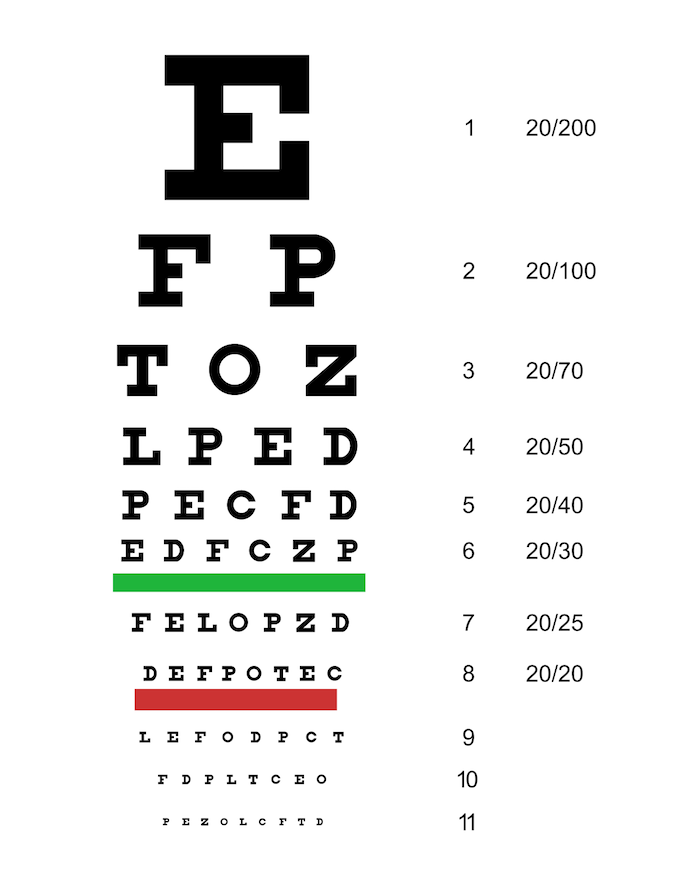A normal human eye has many essential parts that all play a different role to help an individual see properly. Your eye sends a signal to your brain when light from an object enters it through the cornea. A cornea is a transparent surface in the eye that protects it from any damage. To help focus light rays in the eye, the cornea acts as a lens. A pupil is an opening in the eye through which light enters the inside of the eye. When light penetrates the pupil, one portion of the eye seems black. A pupil becomes larger in dim light to enable more light to come in. The opposite happens when a pupil enters a place where there is a bright light. A ring of muscle that expands and contracts to change the size of the pupil is called the iris. The iris gives an eye its color.

After light enters the pupil, it passes through the lens that bends to form an upside-down picture on the retina. The retina is a layer of tiny, light-sensitive cells called rods and comes that line the interior of the eyeball. The rods contain a type of pigment that responds to the small amounts of light in the eye and the cones respond to the seeing of color. The cones respond much better to bright light. Both rods and cones help change the figures on the retina into signals that voyage to the brain on the optic nerve. If the eyeball is either too long or too short the picture on the retina is out of focus and blurry.

Glasses and contacts help to correct the vision and act as an extra lens to make the viewer see the image clearly. When a person is nearsighted, he or she can’t see things that are far from them but can see things that are near to them. Their eyeballs are too long so the lens focuses the image in front of the retina instead of on the retina. Farsighted people are the complete opposite. They can see far away things but not things that are near to them. Their eyeballs are too short and the image that is on the retina is out of focus. A concave lens can correct the vision of people who are nearsighted, and a convex lens can correct the vision of people who are farsighted.

